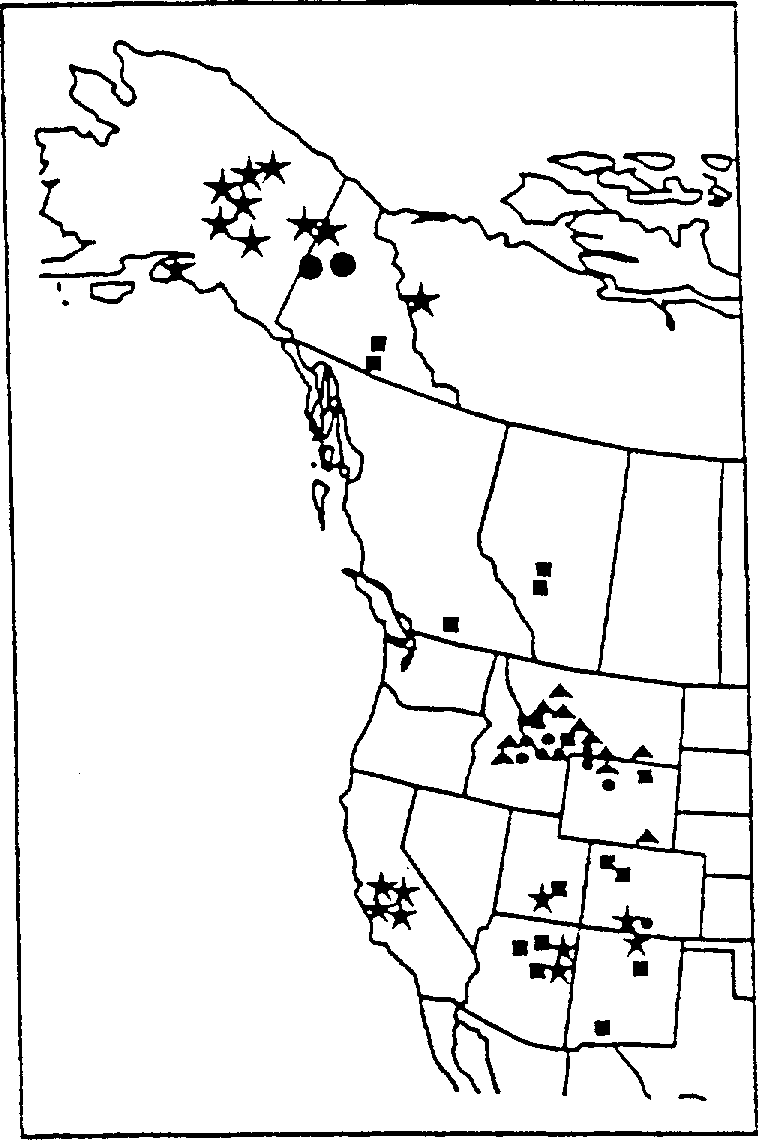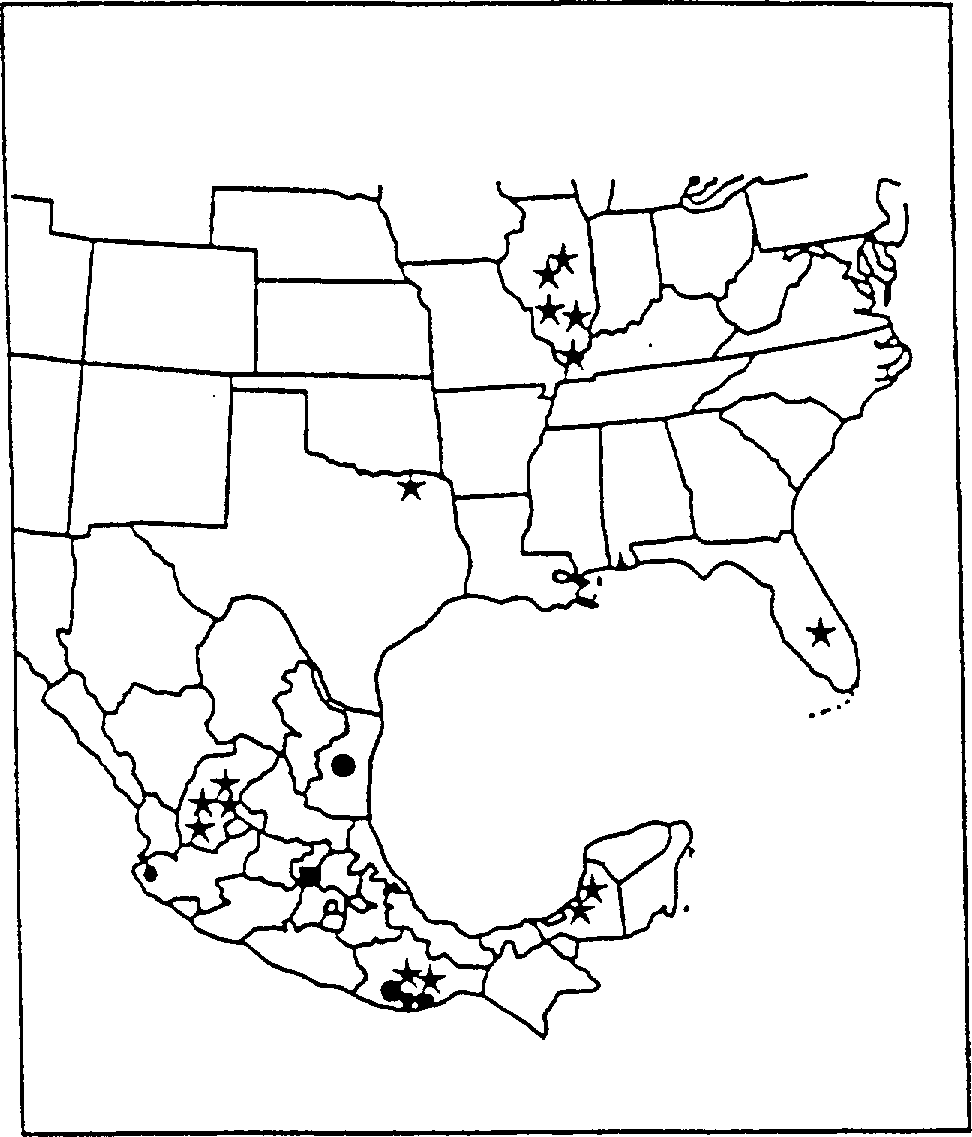Method for producing apomictic plants
A technology of asexual reproduction and sexual reproduction, applied in botany equipment and methods, horticultural methods, plant gene improvement, etc., can solve problems such as unreported expression
- Summary
- Abstract
- Description
- Claims
- Application Information
AI Technical Summary
Problems solved by technology
Method used
Image
Examples
Embodiment 1
[0068] Selection and Collection of Germplasm - Dicotyledonous Plants
[0069] It is a feature of the present invention to provide methods for selecting and collecting the most suitable strains from a species or a population of closely related species to produce vegetative plants. These approaches are thought to mimic and greatly accelerate the natural processes that initiated the evolution from sexual to asexual plants, ie, those that lead to secondary encounters among taxa adapted to widely divergent climates and photoperiods.
[0070] In this example, a preferred method for the Dicotyledonous subclass is explained in detail. In Example 2, a preferred method for the subclass of Monocots is explained in detail. Dicotyledonous examples include sexual species from the genus Antennaria (X=14). One of ordinary skill in the art is expected to be able to successfully apply this method to a number of species, including various dicot crops such as strawberries, Raphanobrassica, pota...
Embodiment 2
[0076] Selection and Collection of Germplasm - Monocots
[0077] In this example, the method for selecting and collecting germ plasm from the subclass of monocots is explained in detail. This monocot example comprises a sexual species from the genus Tripsacum (X=18). One of ordinary skill in the art is expected to be able to successfully apply this method to a number of species, including various monocotyledonous crops such as sorghum, wheat, barley, rice and corn.
[0078] This example relates to the monocot genus Tripsacum, which is endemic to the New World and lives at 42°N-24°N latitudes (de Wet et al., Systematics of Tripsacum dactyloides (Gramineae), 69 American Journal of Botany 1251-57( 1982) (incorporated herein by reference), from 0-2600 m altitude (Berthaud et al., Tripsacum: Diversity and conservation in Taba, Genetic Resources of Maize (CIMMYT, 1995) (incorporated herein by reference)). Hermaphroditism herbaceous perennial plant with male and female flowers sepa...
Embodiment 3
[0083] Quantification of the effect of different photoperiods on flowering
[0084] One of the features of the present invention is to provide a method to quantify the effect of the sexual lines selected as the most suitable for the preparation of asexual plants (Examples 1 and 2) on the development of flowers at different photoperiods. It should be appreciated that many methods for quantifying this effect have been published in the recent literature, and those skilled in the art will find that methods other than those described here are more suitable for certain species.
[0085] The currently preferred method for quantifying the photothermal response of Antennaria species that are native to temperate (mid-latitude) to alpine climates (high-latitude) was modified from the traditional study of Oxyria digyna (Mooney and Billings, Oxyria digyna Arctic Comparative Physiological Ecology of Alpine and Alpine Populations, 31 Eco Monog. 1-29 (1961) (hereby incorporated by reference))...
PUM
 Login to View More
Login to View More Abstract
Description
Claims
Application Information
 Login to View More
Login to View More - R&D
- Intellectual Property
- Life Sciences
- Materials
- Tech Scout
- Unparalleled Data Quality
- Higher Quality Content
- 60% Fewer Hallucinations
Browse by: Latest US Patents, China's latest patents, Technical Efficacy Thesaurus, Application Domain, Technology Topic, Popular Technical Reports.
© 2025 PatSnap. All rights reserved.Legal|Privacy policy|Modern Slavery Act Transparency Statement|Sitemap|About US| Contact US: help@patsnap.com



